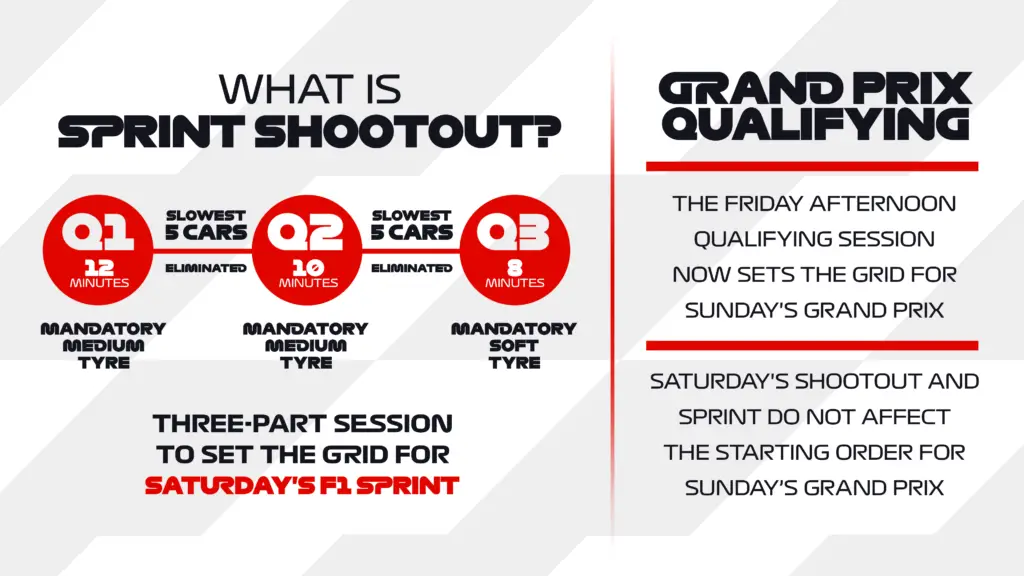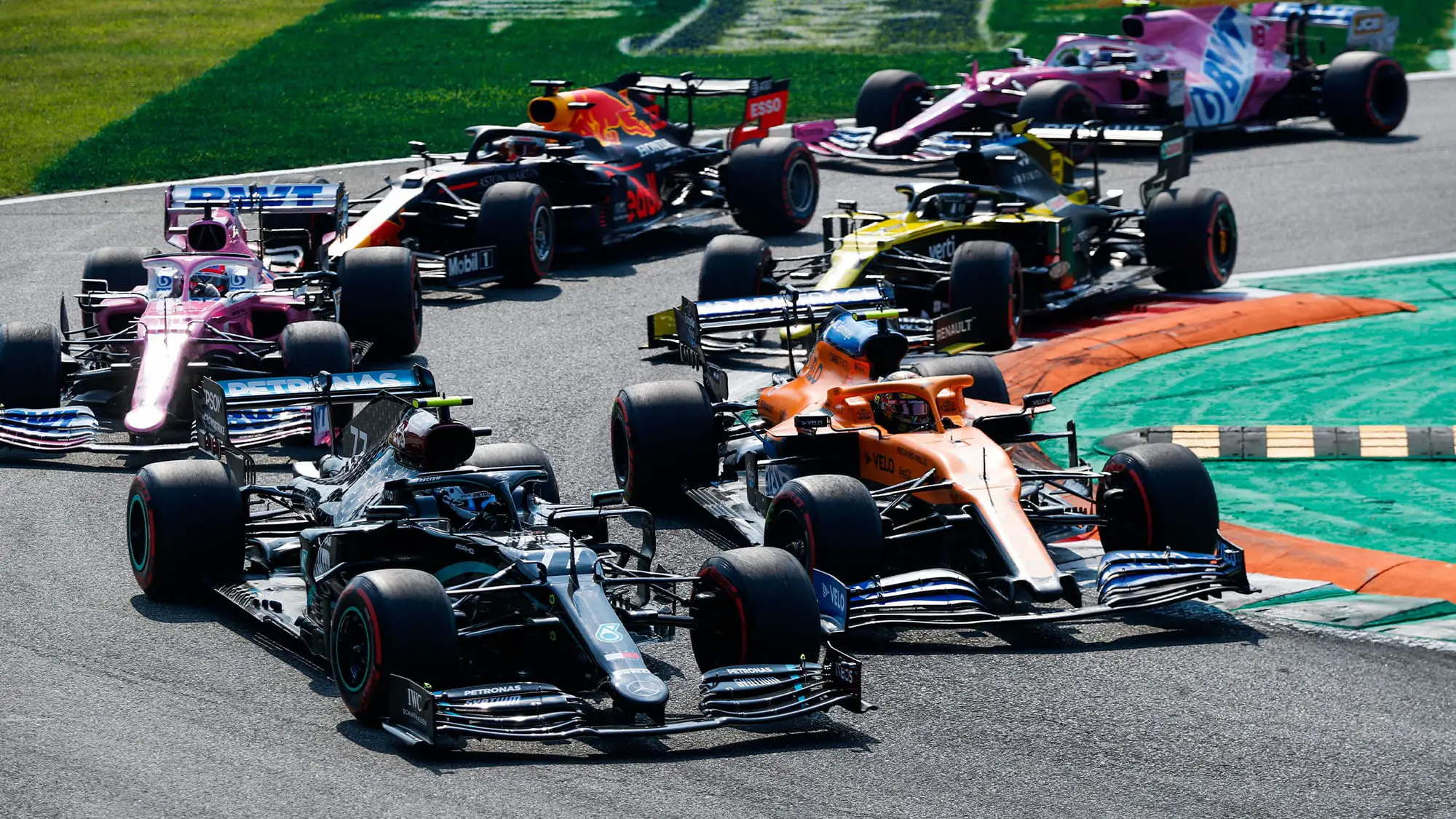Formula 1 qualifying is more than just a sport. It is a spectacle of speed, skill and strategy, where the finest drivers in the world compete for glory. They race on some of the most challenging and iconic circuits in the world. Before the lights go out on Sunday, there is a lot of preparation. That’s where the practice and qualifying sessions come in.
Practice and Formula 1 qualifying are the essential steps that set the stage for the main event. They are the opportunities for the drivers and teams to fine-tune their cars. This includes testing their tires, perfect their setups and find the optimal balance between performance and reliability. They are also the chances for the fans to witness the raw pace that makes Formula 1 so exciting.
In this article, we will explain how practice and qualifying work in Formula 1. We discuss the rules and formats, and why they are so important for the outcome of the race. So buckle up and get ready for a high-octane journey into the heart of Formula 1.
The Formula 1 Qualifying Process
Every team gears its activity over a race weekend toward a competitive Grand Prix on Sunday.
The teams work through three practice sessions and three qualifying sessions in the normal format to prepare and secure the optimum position on the starting grid.
The FIA tested a new qualifying format in 2021. They incorporated this in 2022 and 2023. They have called the new format the sprint race format.
The sprint format entails two practice sessions.
- The first (FP1) is held on Friday at +-12h00 and is followed by two qualifying sessions in the afternoon.
- The second is held on Saturday morning, with the qualifying sprint happening later in the day.
The Normal Format F1 Weekend
The race week is a hectic period of intensive activity. The transport companies deliver the cars to the track in broken down form and assembled at the track. All this in time for the first practice session on the Friday morning.
Preparing The Cars And The Garages
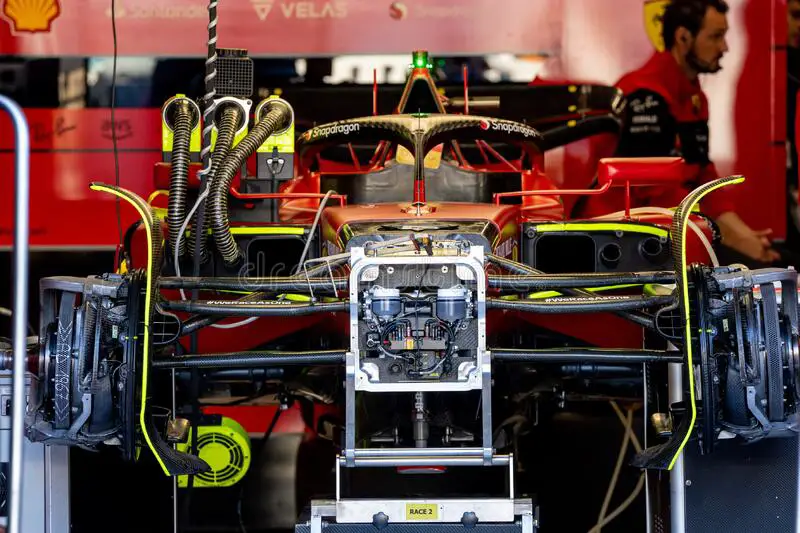
The preparation starts as soon as everything is together at the track.
Apart from needing to sort through and organize grid trolleys, catering equipment, fridges, cookers, consumable items, tire movers, desks, and chairs, they also have to erect garage paneling, IT equipment, communication infrastructure, and the whole pit wall assembly.
They unpack the cars (two cars and a spare chassis) from the specially designed frames.
This includes
- Installing the engine.
- Installing the gearbox.
- Installing the front wing.
- Installing the rear wings.
- Installing the External components like the rear-view mirrors.
- Installing the suspension systems.
This makes the FP1 session a critical test to ensure that the car is performing properly.
The formal race weekend starts in the Thursday.
The Thursday Before The Race
The drivers and managing team staff arrive.
The teams schedule publicity activities on the Thursday.
The drivers meet at the track and take part on formal press briefings.
The drivers will conduct a track walk, look for new bumps, cambers, and braking marks, and check the curbs to see which to attack and which to stay away from.
Free Practice Session One (FP1)

They run two practice sessions on the Friday. They run a further practice session on Saturday morning. There are three qualifying sessions on the Saturday afternoon.
Drivers use the first lap of FP1 (called the installation lap) to ensure that the car works properly.
Teams can only test the car and the effect of any modifications during these sessions.
This places an incredible onus on the teams engineers to have “got things right” before the event.
Teams use FP1 to test any new components or aerodynamic modifications.
The teams begin the session with a controlled lap and use a car in the old configuration to establish the baseline data, to enable the teams to check the difference any modification makes to the speeds, cornering ability, and overall lap times.
They then install the modifications and test the impact they have on the cars competitiveness,
Teams take the cars back into the garage after each testing period. They remove the covers and analyze the test data.
The rivers will also use these times to test out the optimal driving line to help them to understand the fastest way to get around the track.
Free Practice Session Two (FP2)
Each GP track is different, not only with the shape of the circuit but also the track surface layer and the heat at the location. Teams test all the changes at each track.
Teams use this session to check the setup data of the cars and to finetune these for the actual race on Sunday.
They send the cars out on track for vary to check fuel usage, tire wear, the effect of the road surface and temperature. They analyze the performance data at the end if each session.
The whole purpose is to make the car get around the track in as optimal and fast way as possible.
Teams heavily instrument the cars. The engineers use the data to assess the optimum set up. They also learn what to expect during real race conditions. This helps the teams develop a strategy for the race.
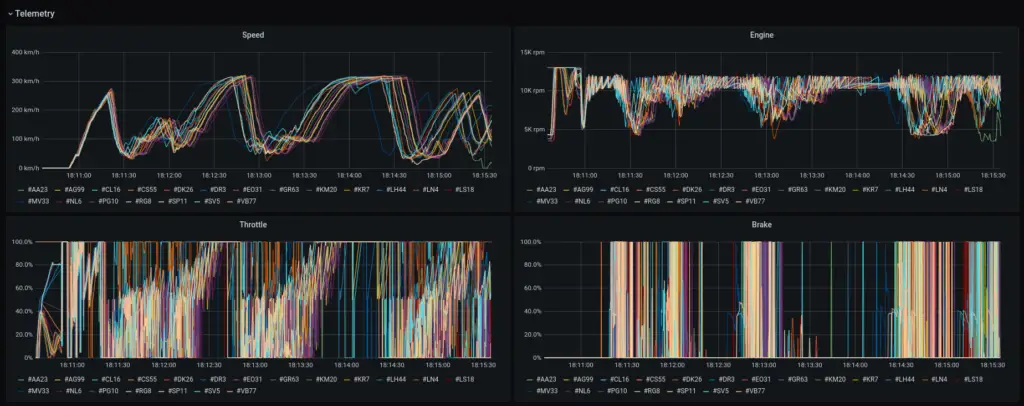
They record acceleration, maximum speeds, braking efficiency, cornering G-forces, and others. As the car passes the pit lane, the system uploads the data to the team’s computer equipment.
Free Practice Session Three (FP3)
FP1 and FP2 concentrates on setting the car up correctly, testing new devices, and understanding degradation rates. FP3 works out the best qualifying strategy to apply.
The decisions during FP3 include the tire choice and pit stop strategy.
Park Ferme
The cars go into a condition called Parc Ferme when the practice sessions are complete and the qualifying sessions start,
They send the ten fastest cars that made it to Q3 to the scrutineering bay. Officials check that they do not contravene the regulations.
They return them to the teams’ garages. They deploy an FIA member to ensure that the teams maintain Park Ferme conditions.
While teams can
- Start the engines.
- Remove and refill fuel.
- Test the vehicle’s electronics.
- Bleed the brakes.
- Drain fluids.
- And even remove bodywork and change the front wing angle.
- Teams can even rebuild a damaged car (albeit with penalties being incurred).
The cars cannot have any performance or handling upgrades until after the main race.
The Formula 1 Qualifying Process
All drivers participate in qualifying sessions to see who can post the fastest time on the stopwatch and take their place at the top of the grid. A driver’s pace in F1 qualifying is directly correlated to his starting position on race day.
Under the conventional qualifying system Formula 1 uses a knockout qualifying system.
Formula 1 Qualifying Session One (Q1)

All 20 drivers take part in the first period, called Q1, which lasts for 18 minutes.
They can use any tire compound they want, but they must return one set of tires to Pirelli after this session. The drivers can do as many laps as they want, but they must cross the finish line before the checkered flag is waved to start their final lap.
They eliminate the five slowest drivers at the end of Q1. These drivers will start the race from positions 16 to 20. They can choose any tire compound for the race, except for the one they used to set their fastest lap in Q1.
Formula 1 Qualifying Session Two (Q2)
After a seven-minute rest, the fastest fifteen teams run in Q2.
The remaining 15 drivers move on to the second period of qualifying, called Q2, which lasts for 15 minutes.
They can use any tire compound they want, but they must return one set of tires to Pirelli after this session. The drivers can do as many laps as they want, but they must cross the finish line before the checkered flag is waved to start their final lap.
They eliminate the five slowest drivers who start the race from positions 11 to 15.
Formula 1 Qualifying Session Three (Q3)
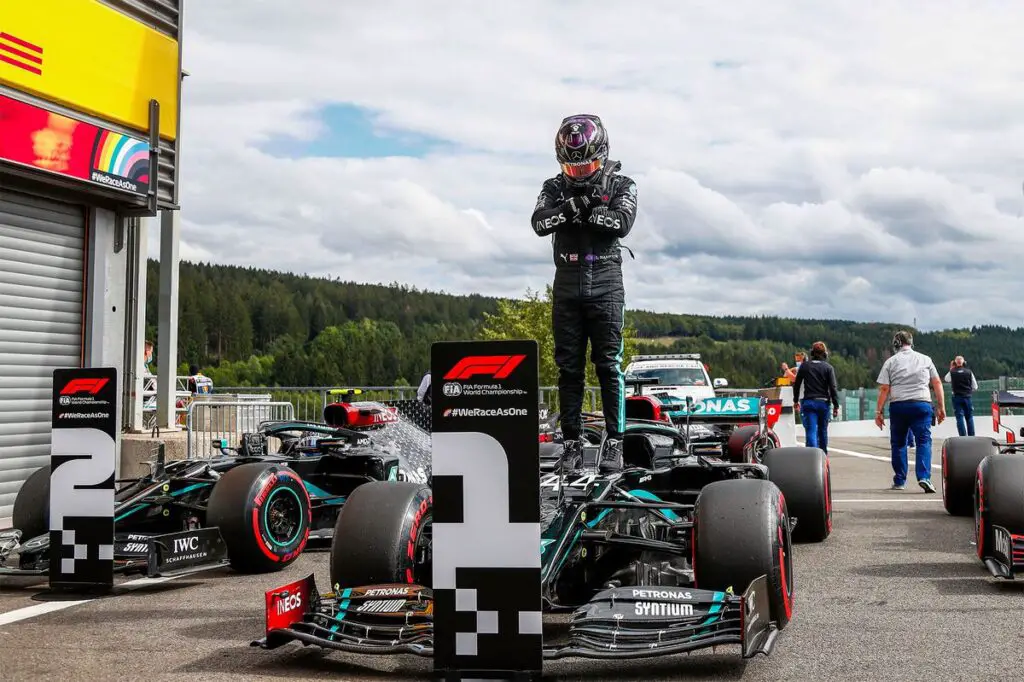
The final 10 drivers move on to the third and last period of qualifying, called Q3, which lasts for 12 minutes.
They can use any tire compound they want. The drivers can do as many laps as they want, but they must cross the finish line before the checkered flag is waved to start their final lap.
At the end of Q3, the driver with the fastest lap time takes pole position and will start the race from first place. The other nine drivers will start from positions 2 to 10 according to their lap times.
What Is Pole Position?

Pole position refers to the first spot on the starting grid. It may be on the inside or the outside depending on the particular track.
It is meant to be an advantageous starting position relative to the racing line. The fastest driver in qualifying takes pole position and receives the Pirelli Pole Position Award.
The drivers starting positions on the grid can also be influenced by penalties that have been imposed during the previous sessions.
- The driver impeded another car’s progress.
- The driver committed a safety violation.
- The driver did not comply with the yellow flag (light) or a marshal’s instructions.
- The driver entered or dangerously left the pit lane.
Sprint Format One – Qualifying Session
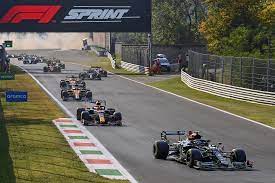
In 2021 and 2022, the FIA tested a new qualifying format. The purpose of which was to increase the viewer’s excitement.
The new format involves running the FP1 session on Friday morning.
The Q1, Q2, and Q3 sessions are run on Friday afternoon and decide the starting grid for the Sprint session.
They run FP2 on Saturday morning.
The sprint race is run on Saturday afternoon. The FIA defines the sprint race distance as “the least number of complete laps which exceed 100 km.”
It is intended to be a very fast sprint run from the start to the end with no pit stops – unless necessary.
The finishing order in the sprint race will determine the starting order for the main Sunday Grand Prix.
Sprint Format Two – Sprint Shoot Out
They tested a new “sprint shoot out” format at the Azerbaijan Grand Prix . The Sprint Shoot Out weekends are intended to produce more sessions with something at stake and compared to the orthodox FP1-FP2-FP3 structure this offers a lot more.
The diagram below explains the format.
